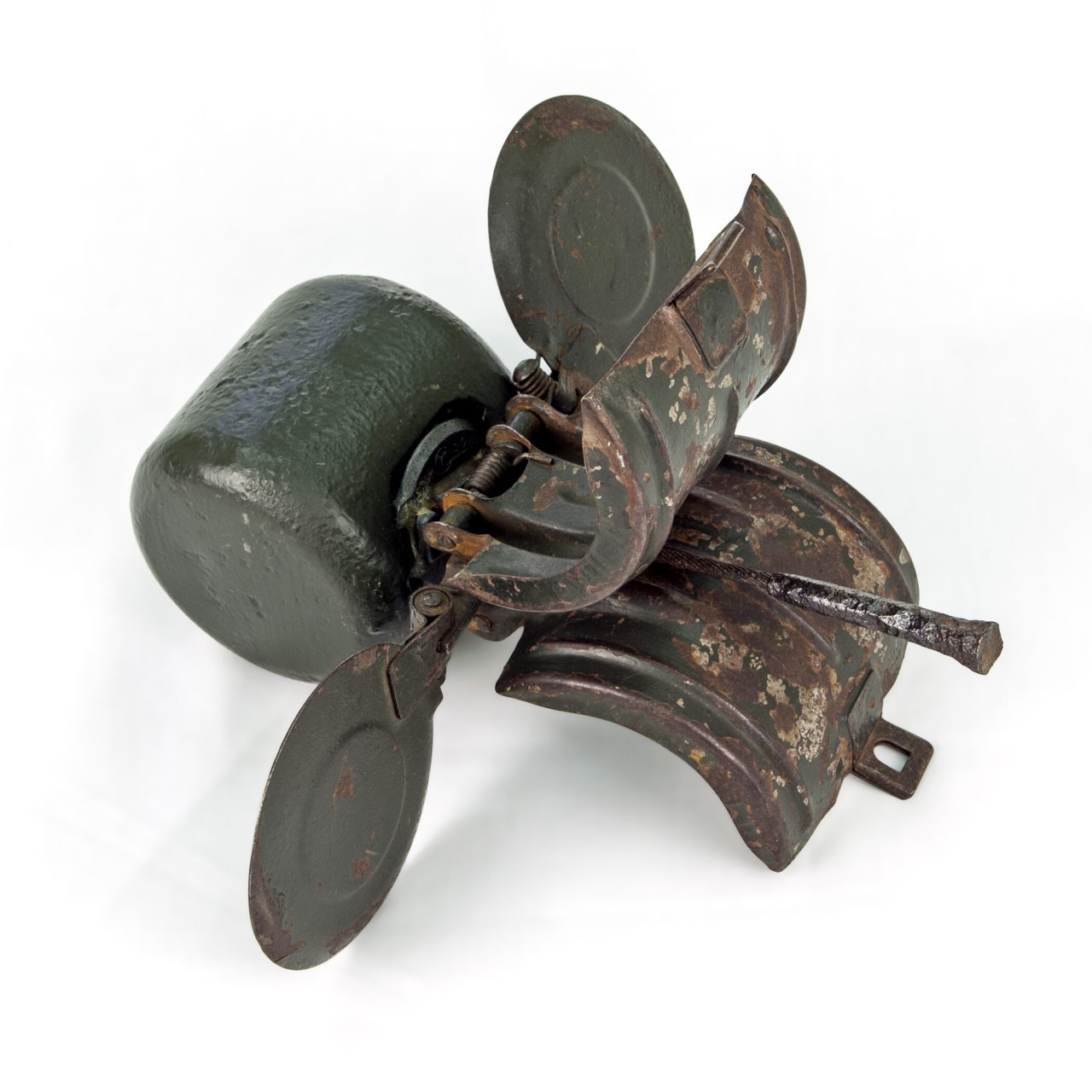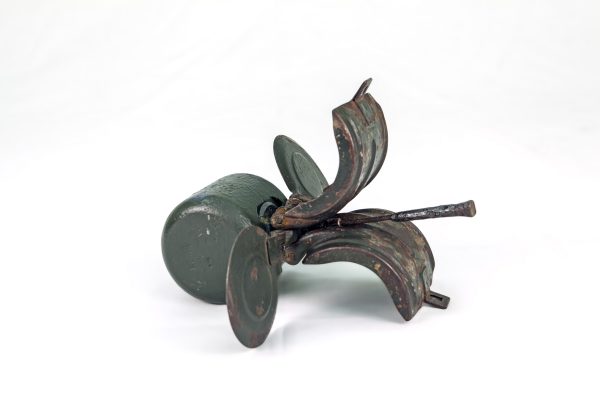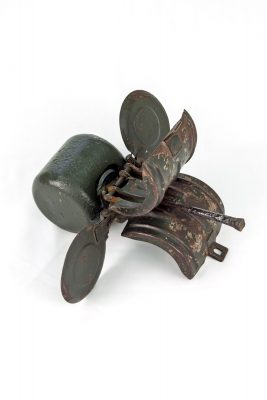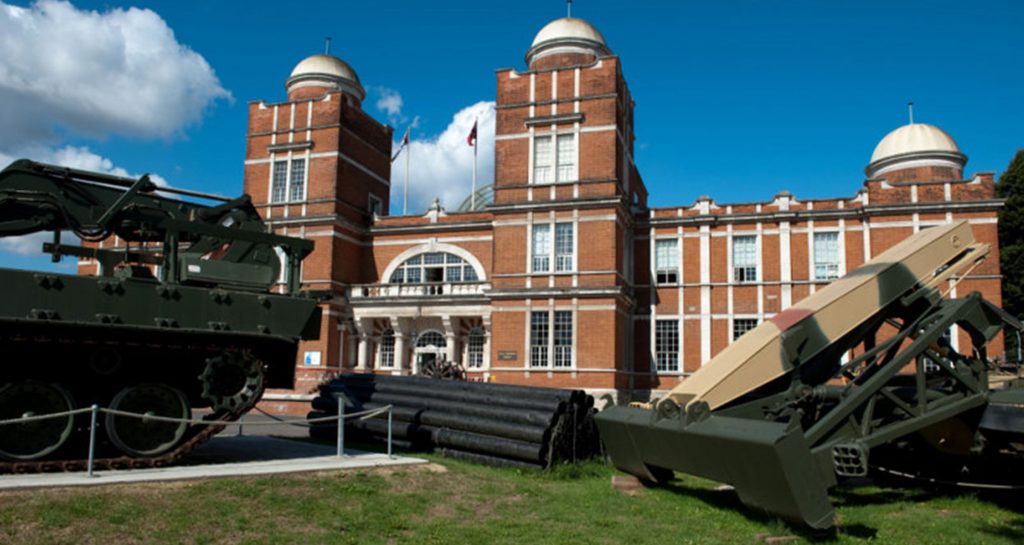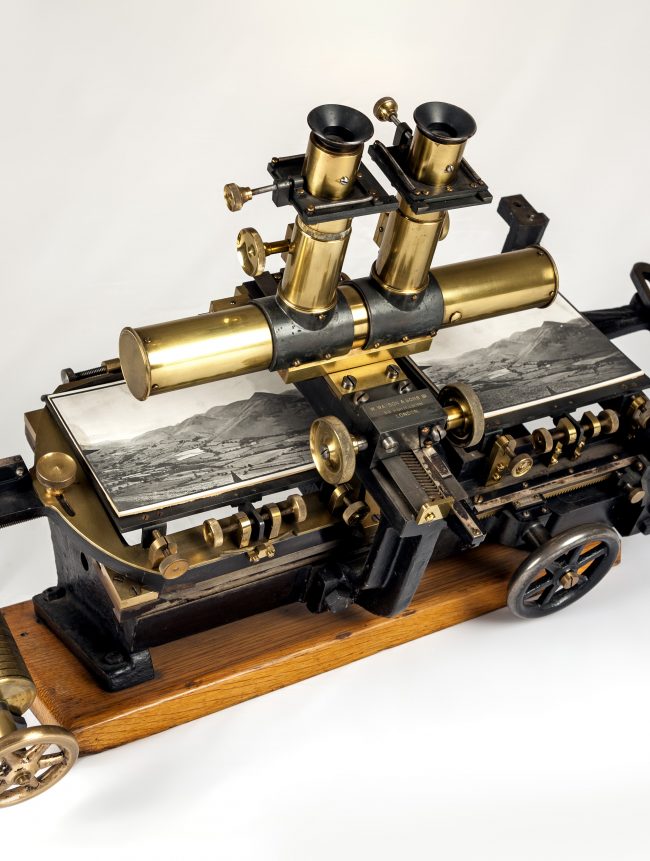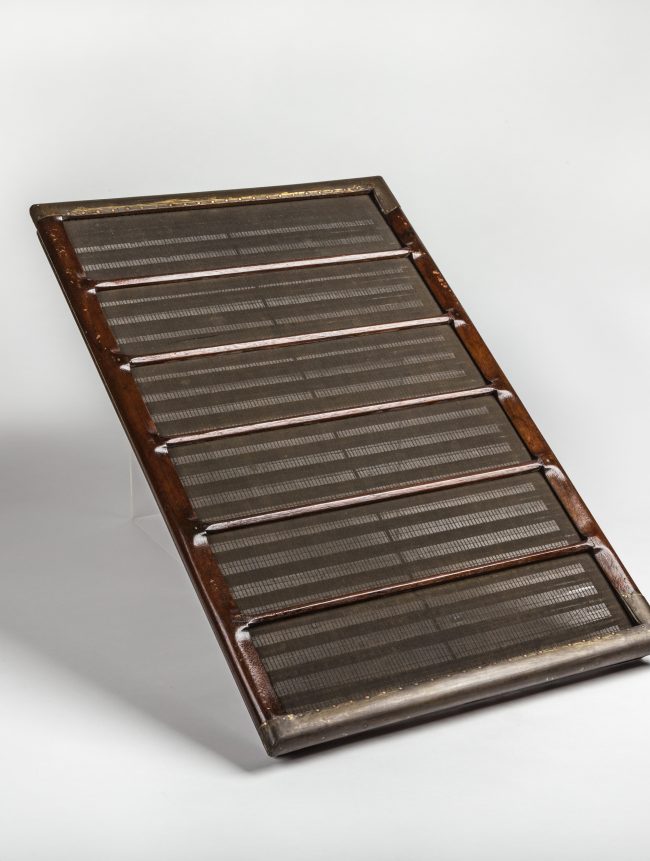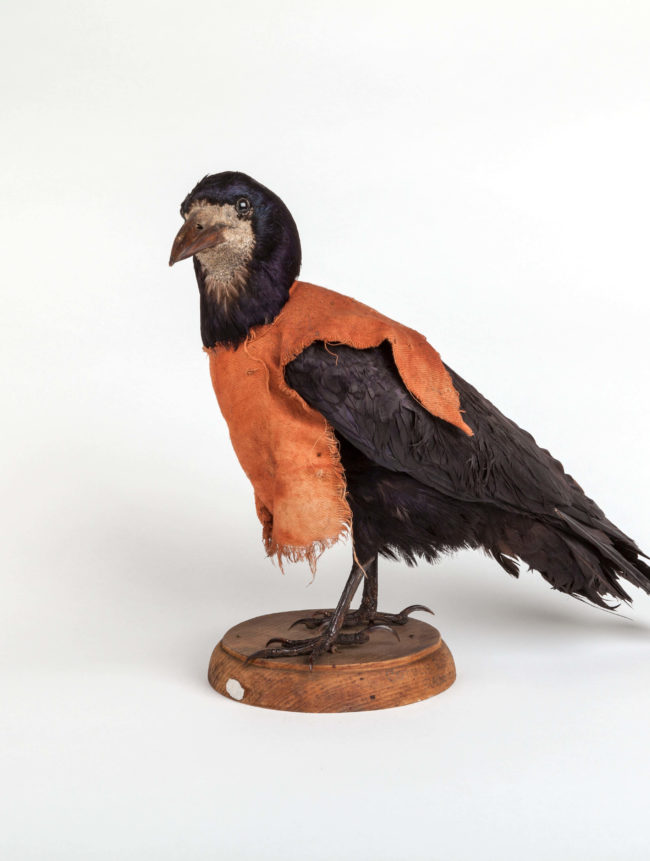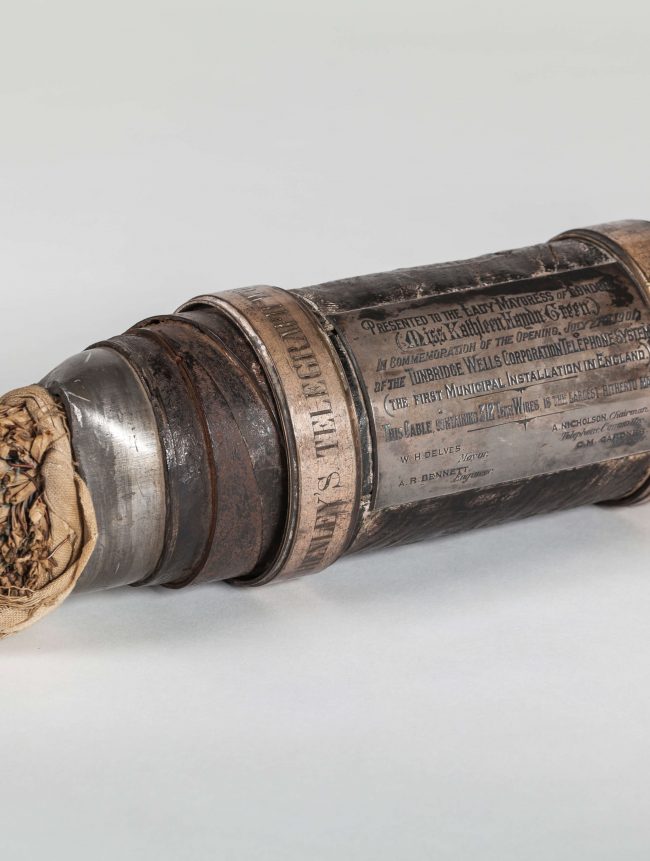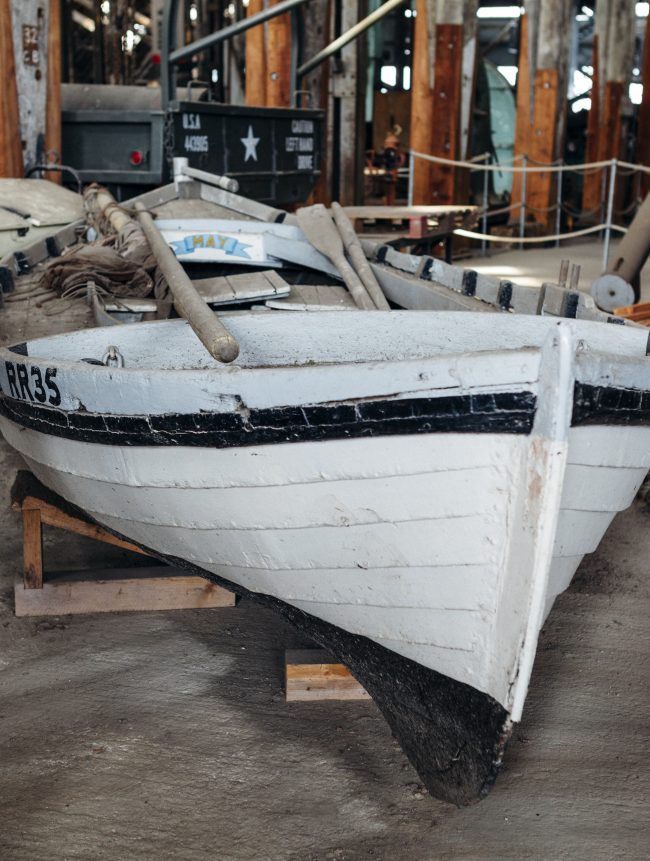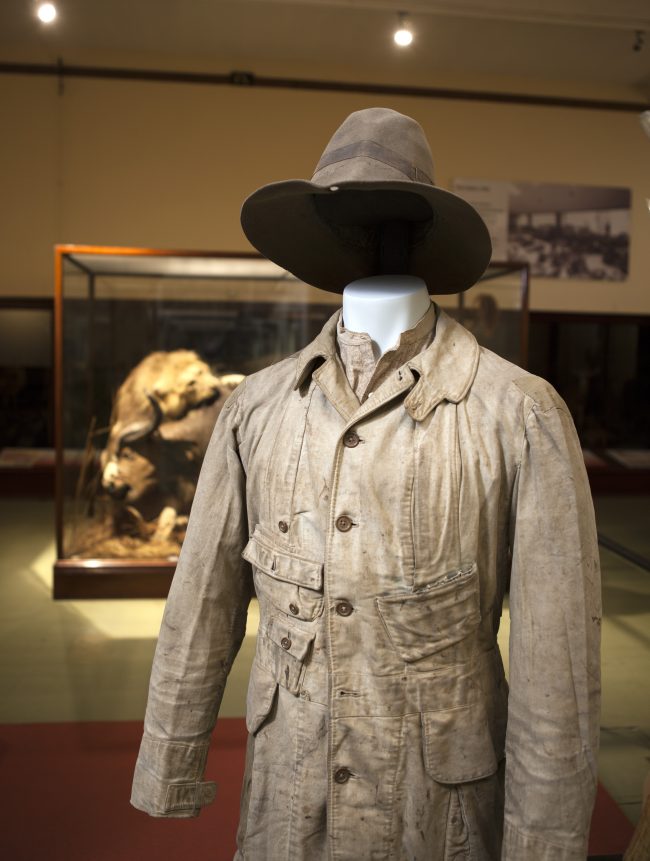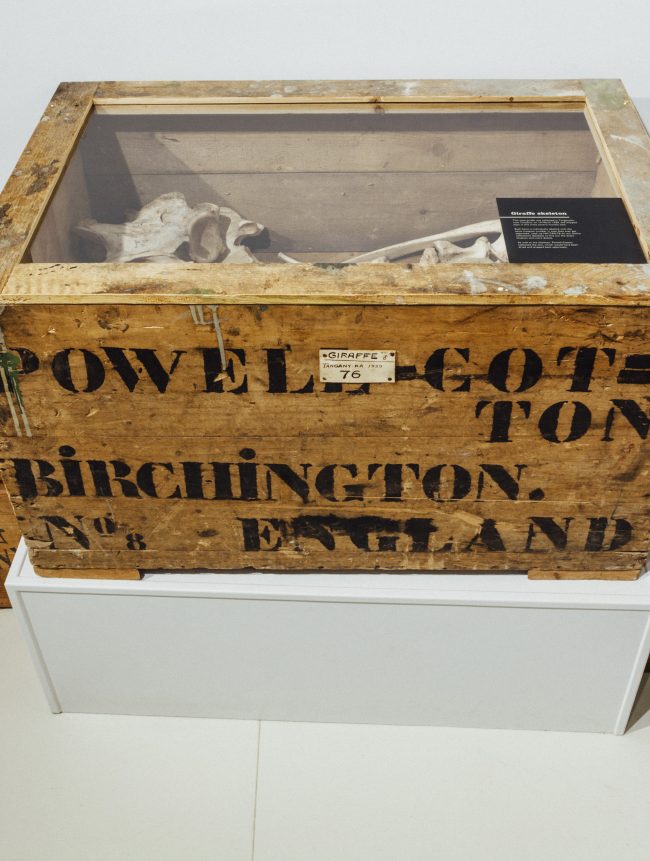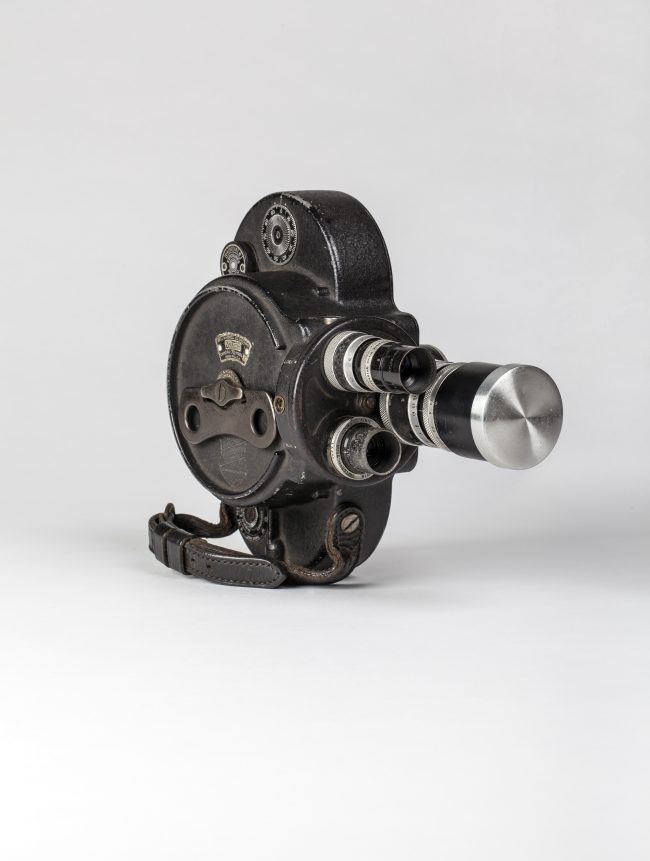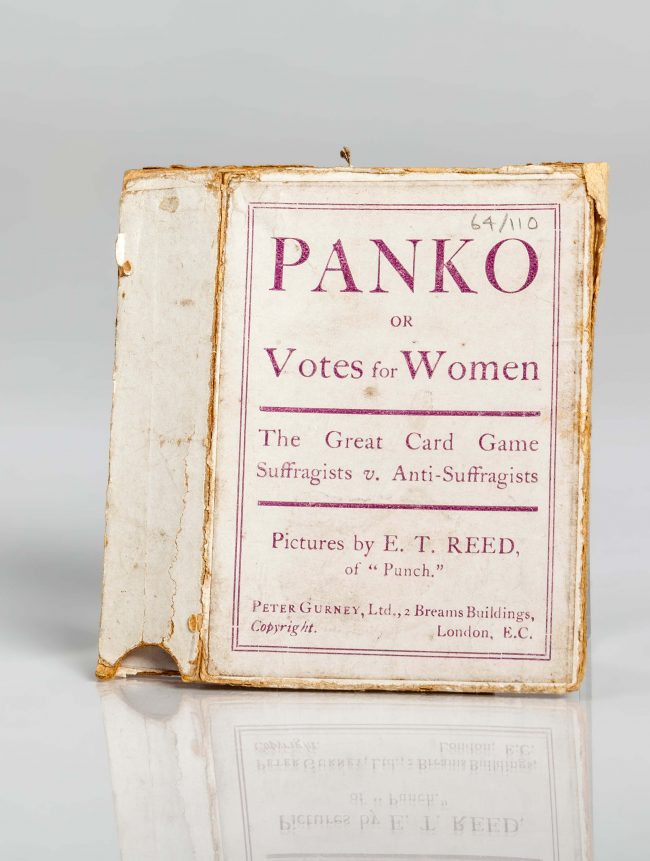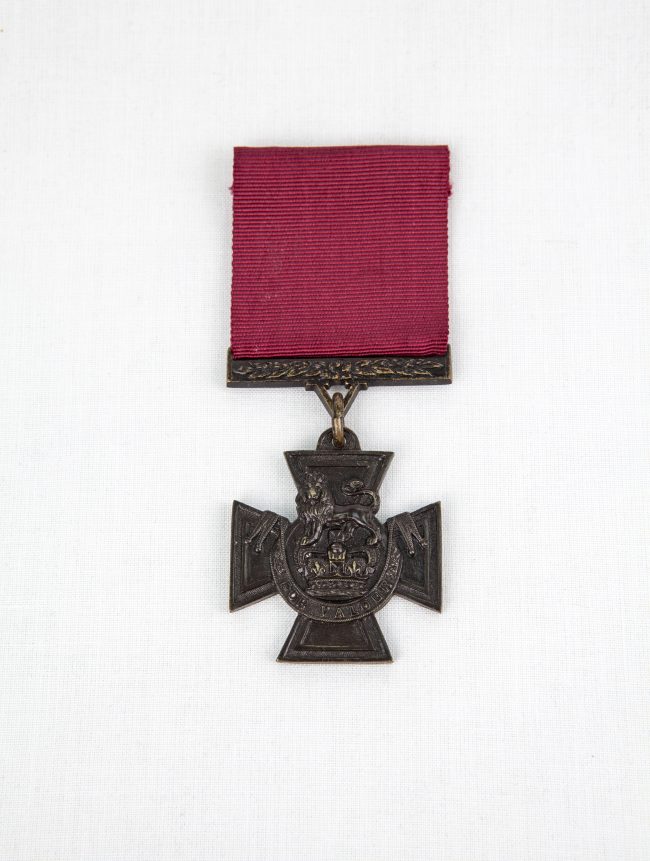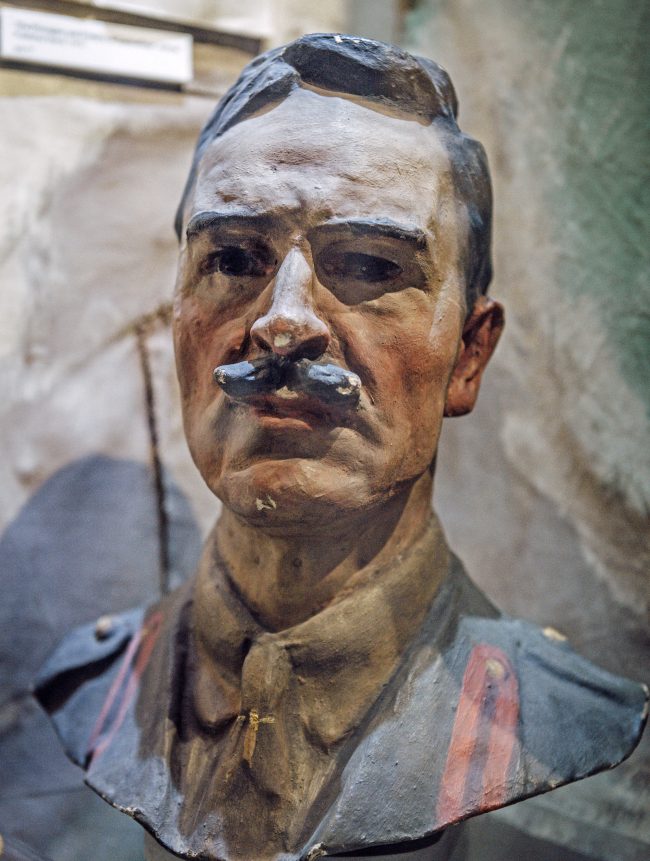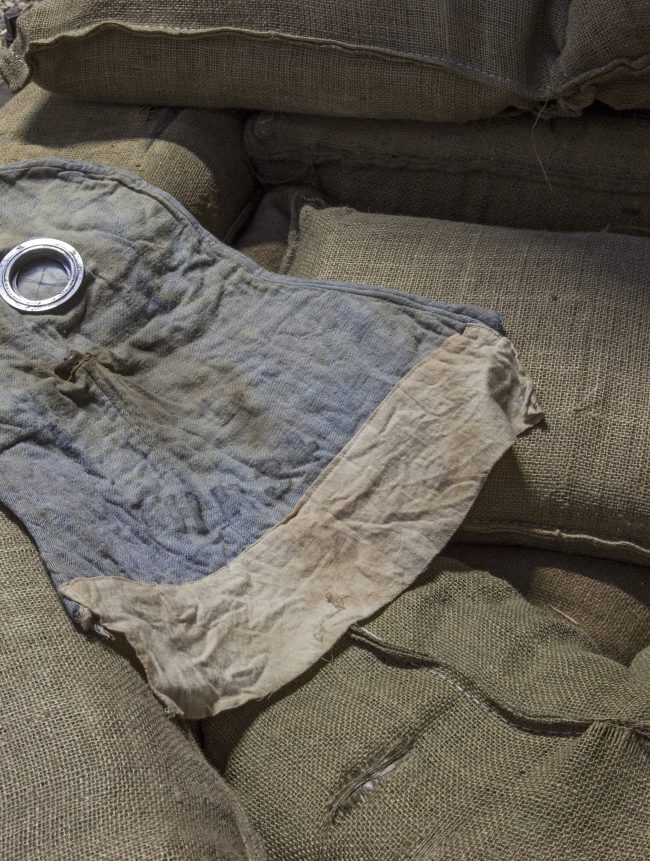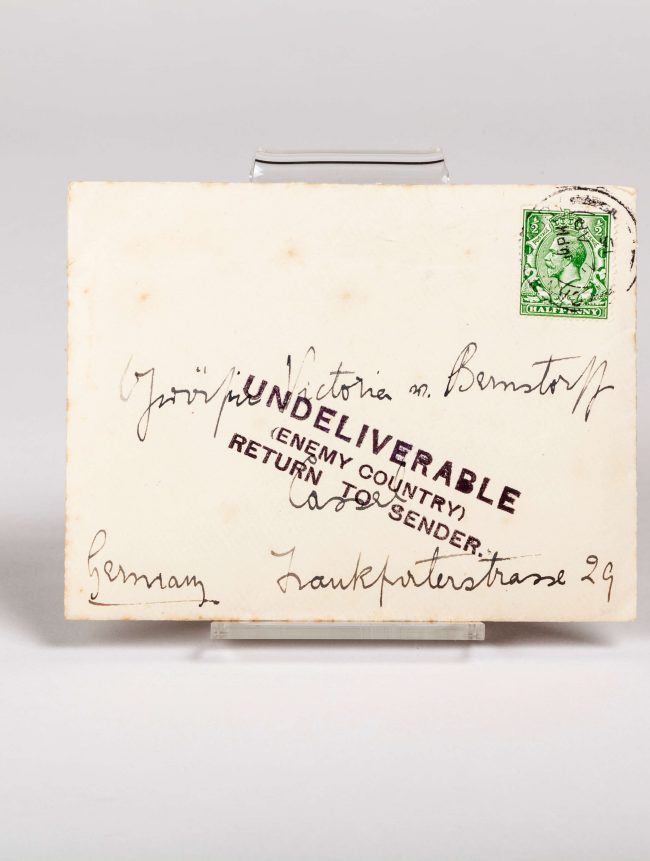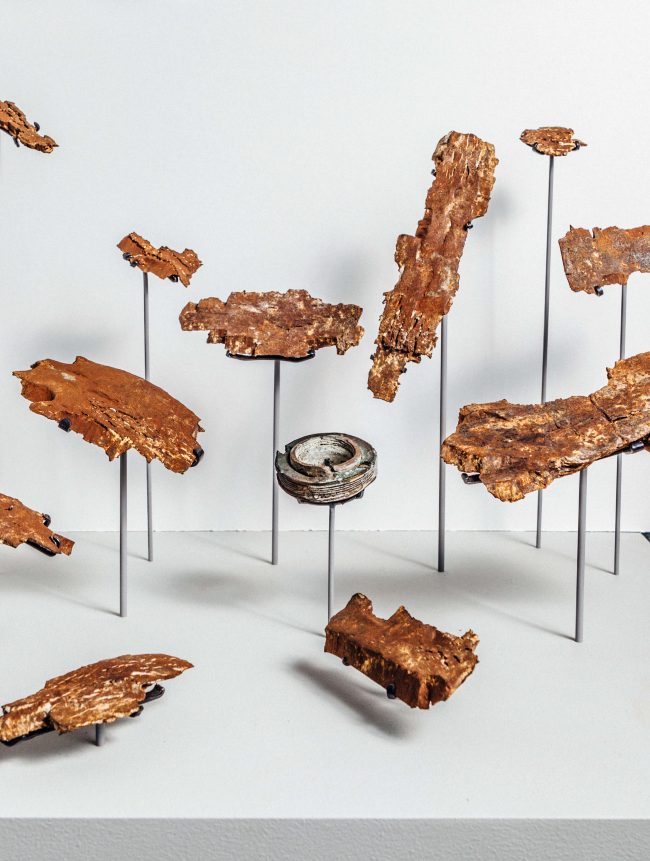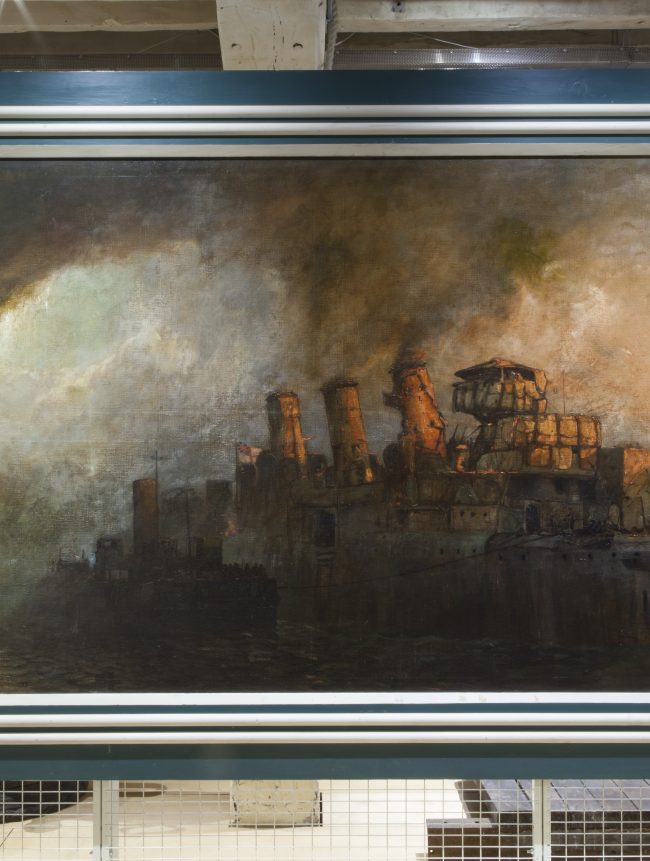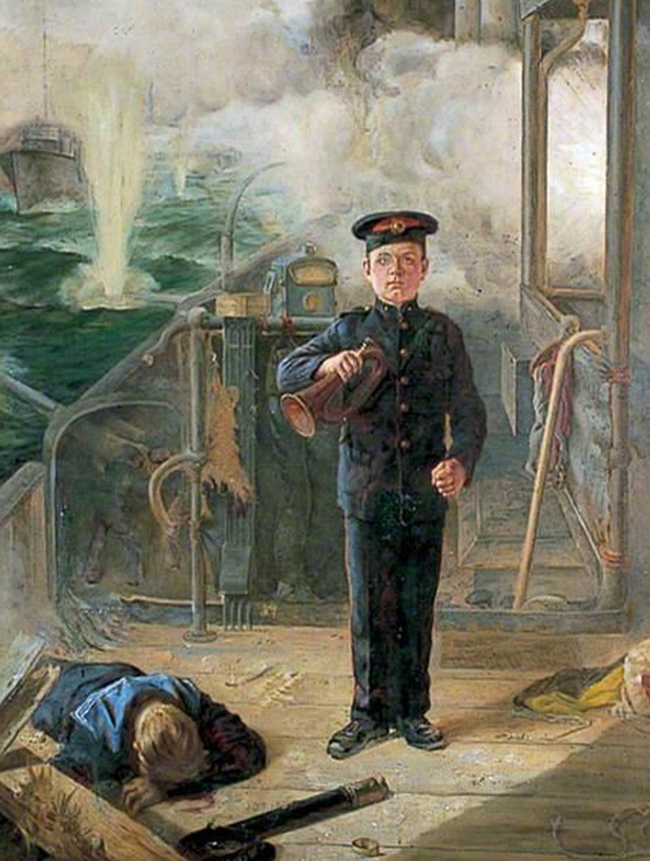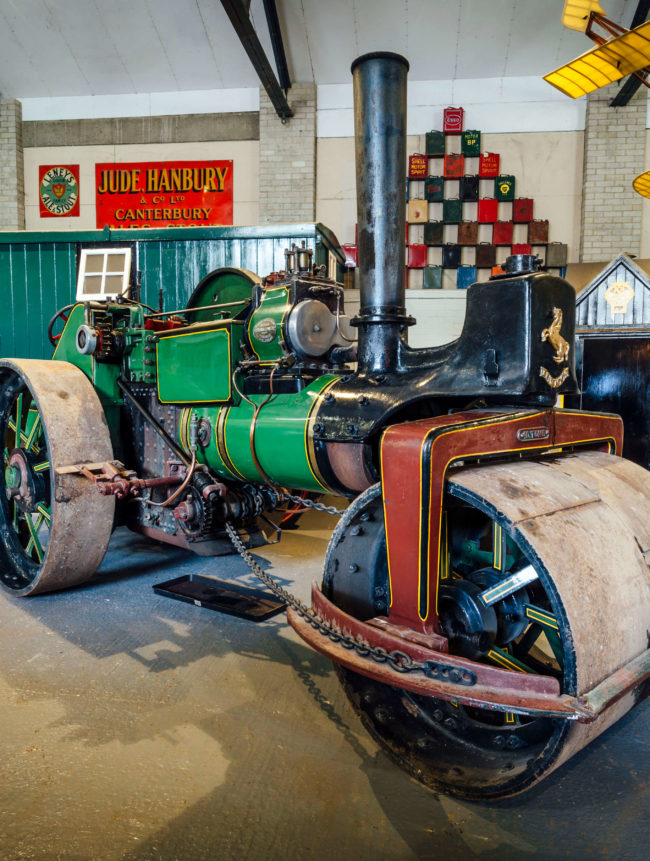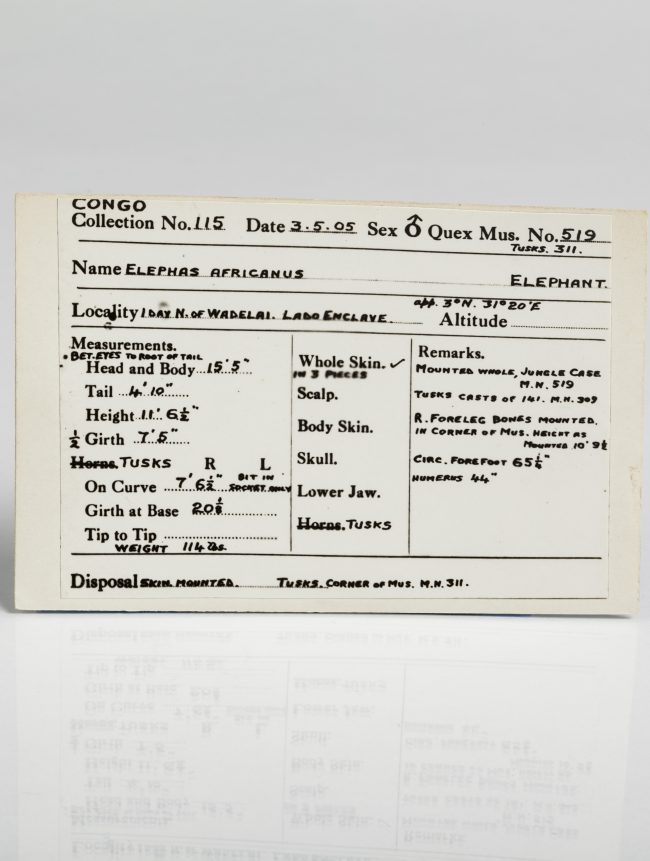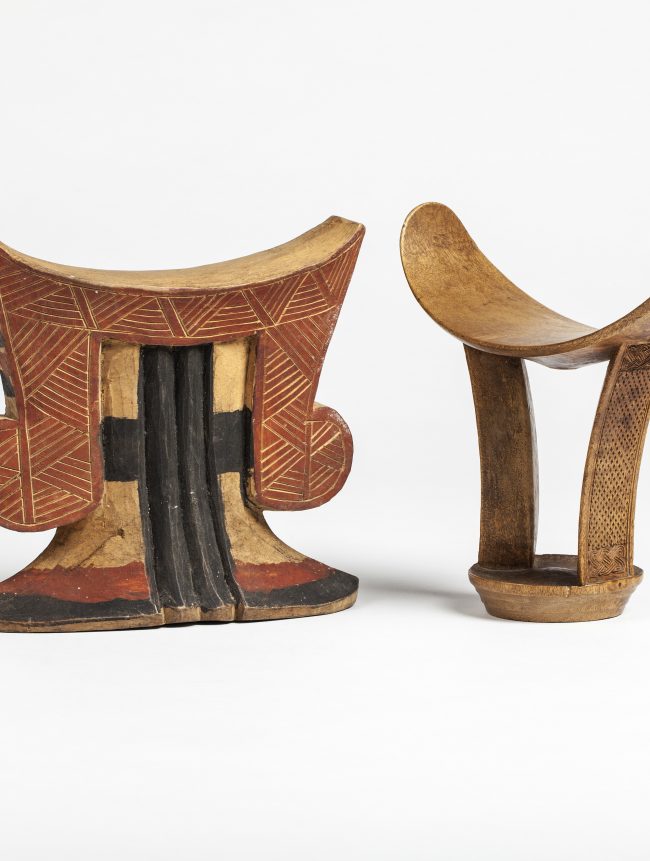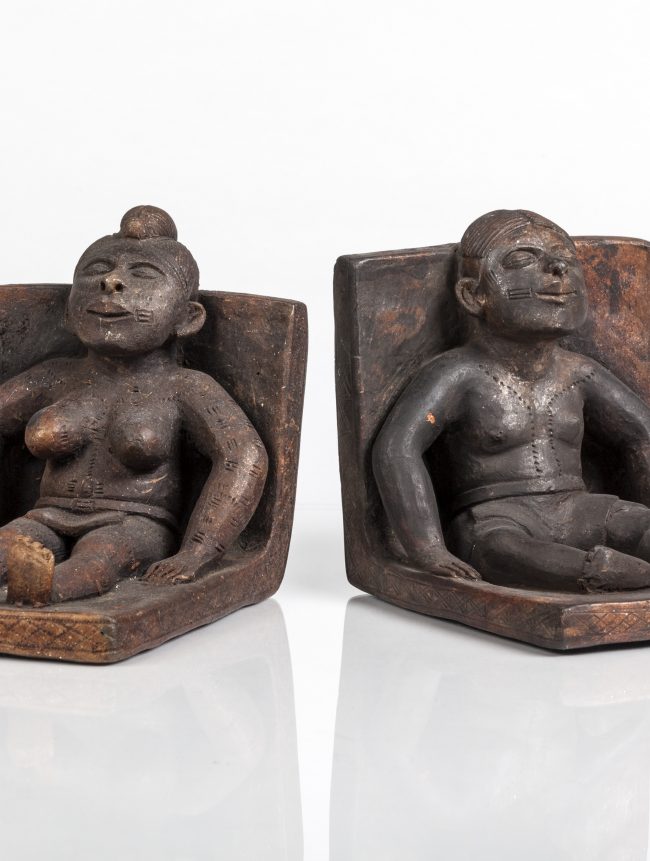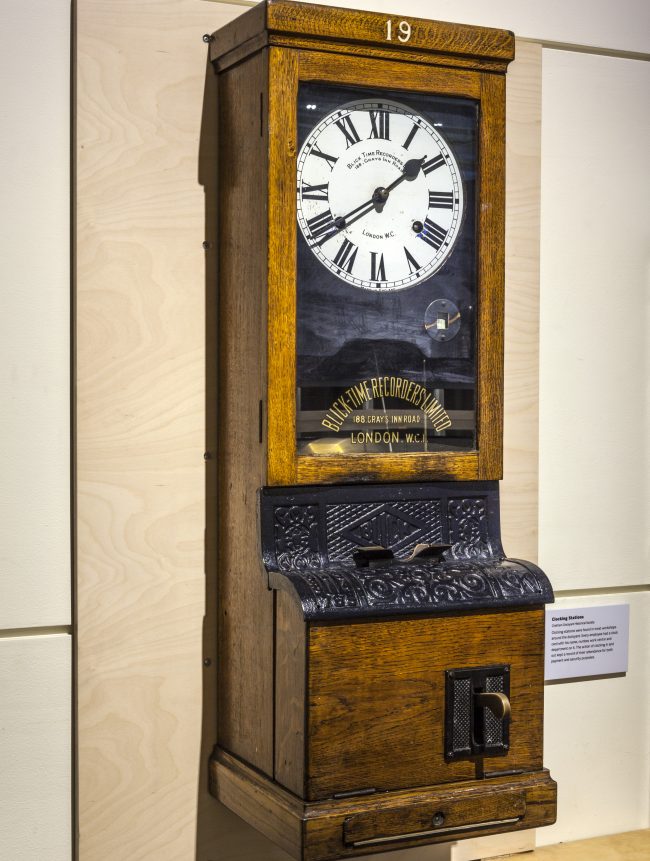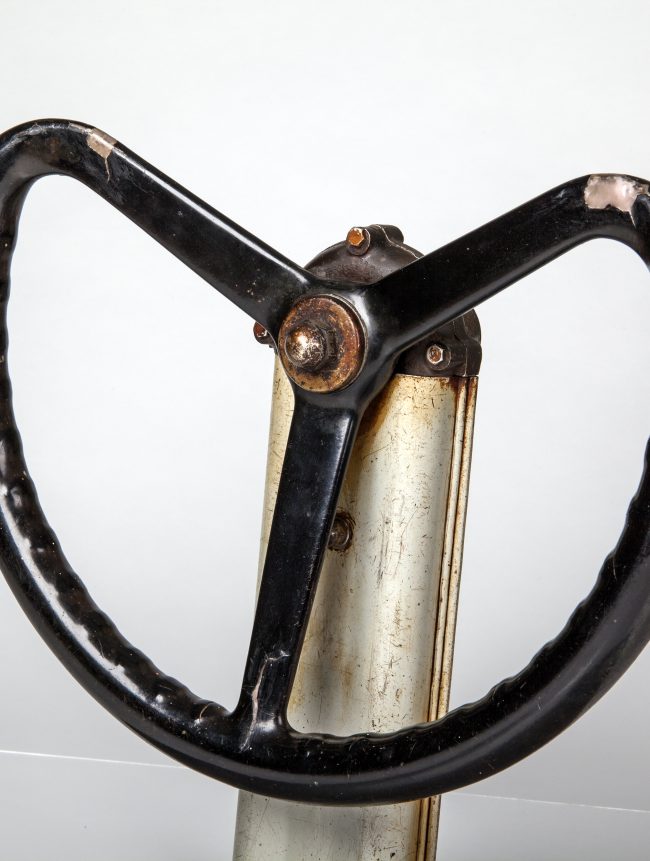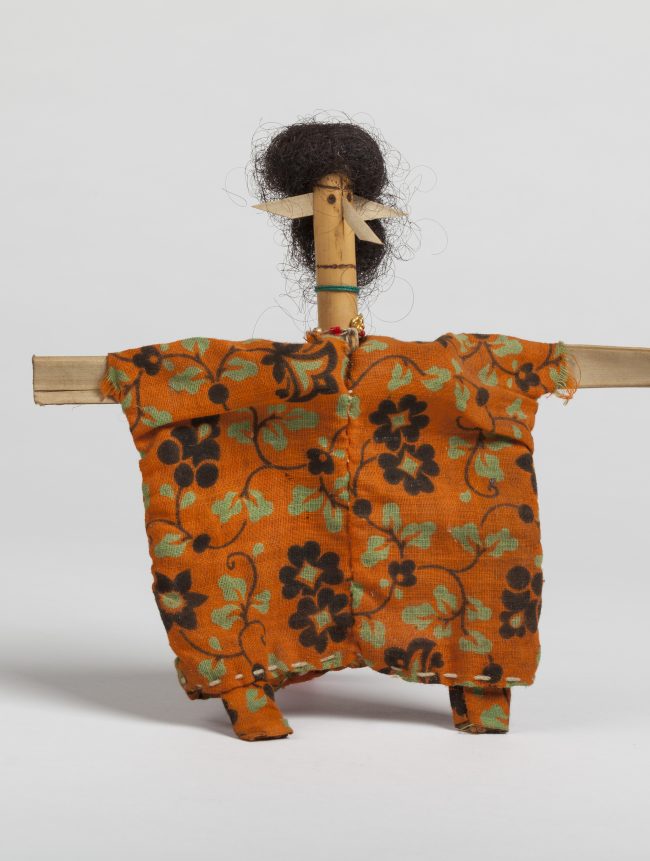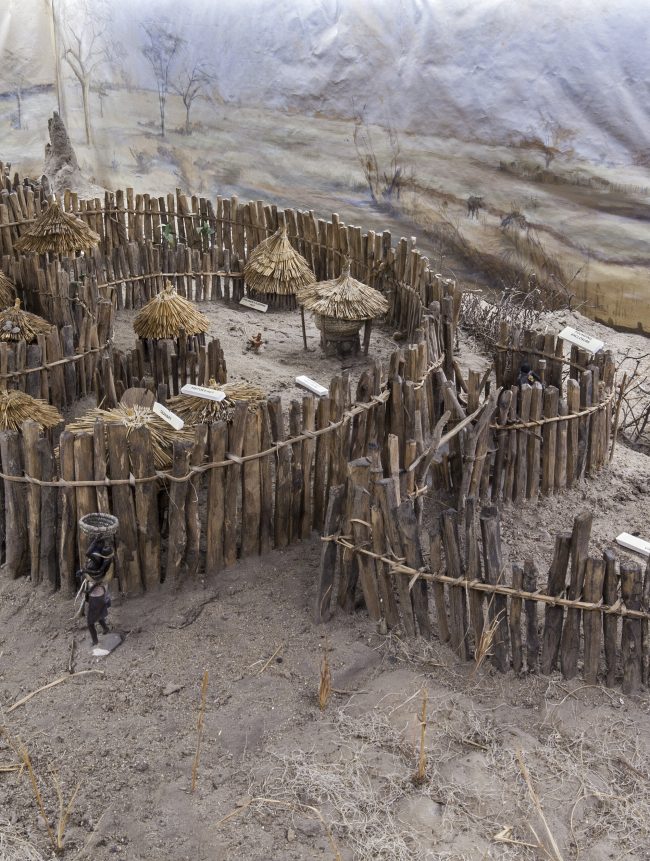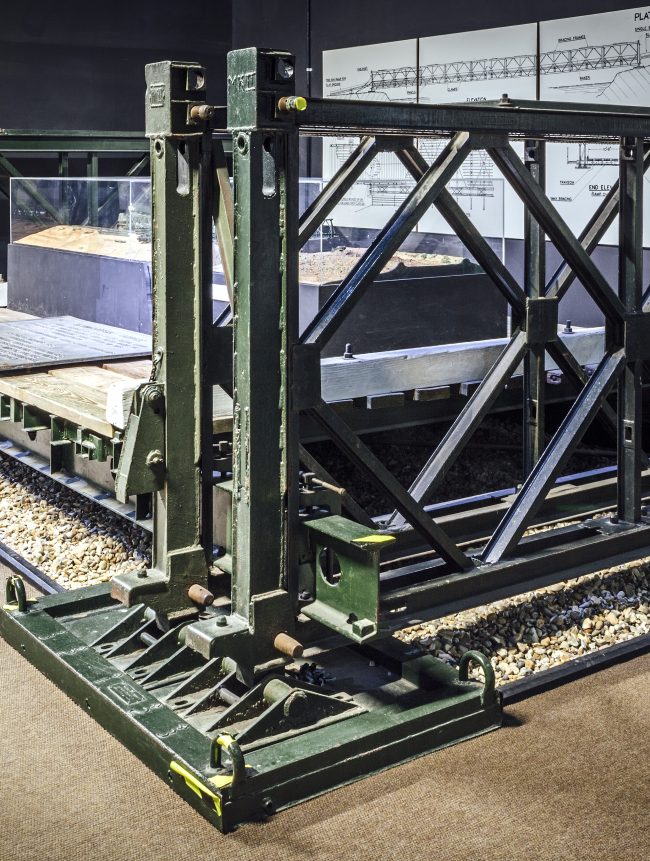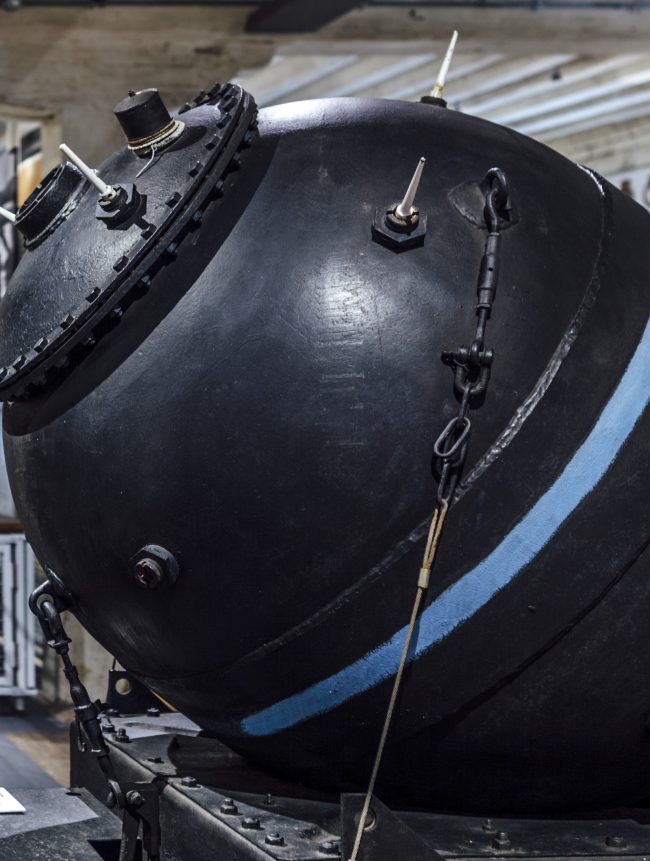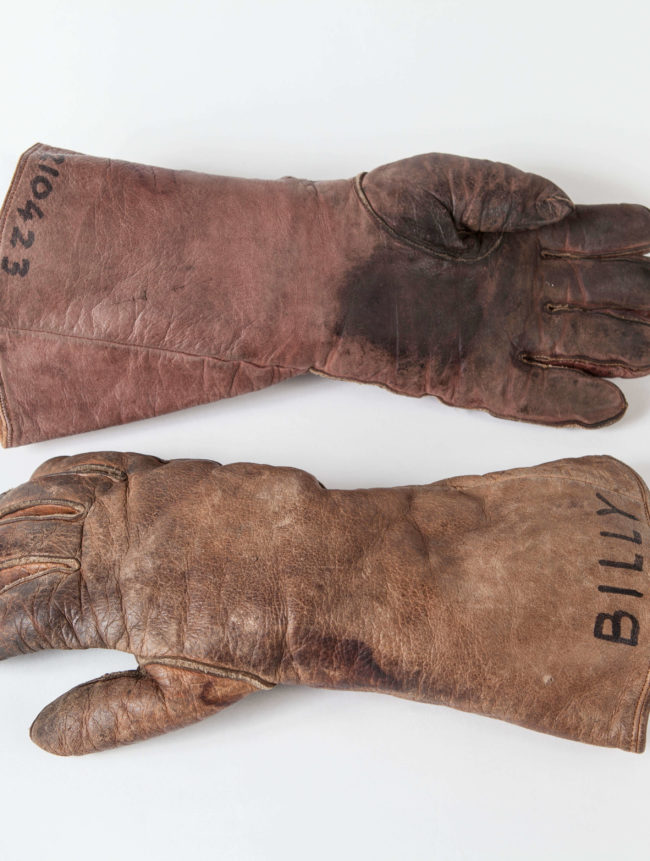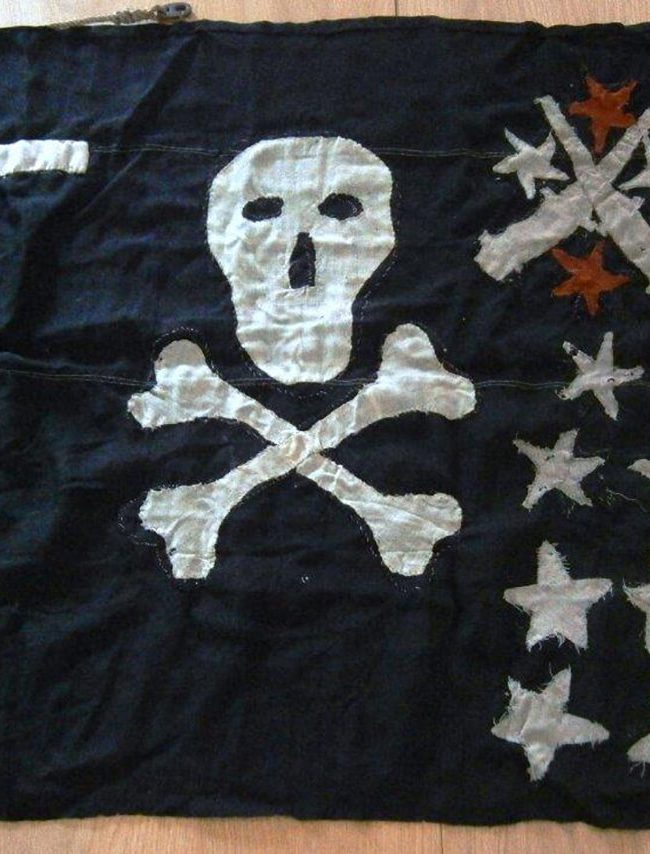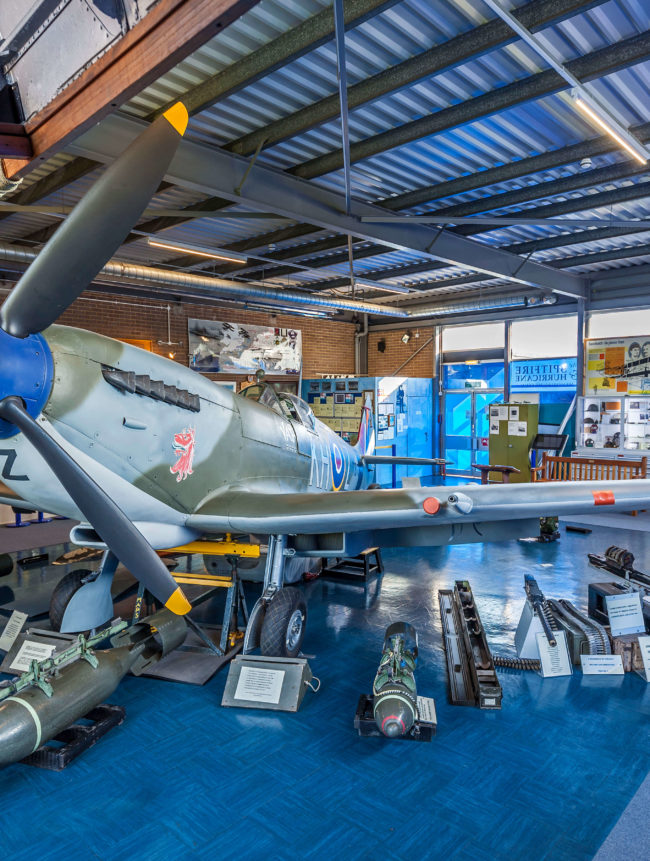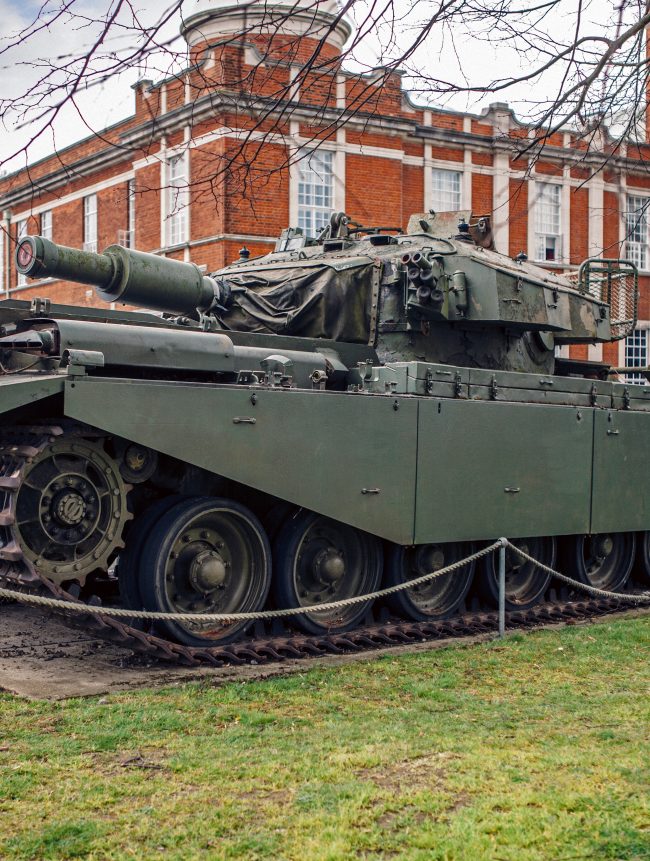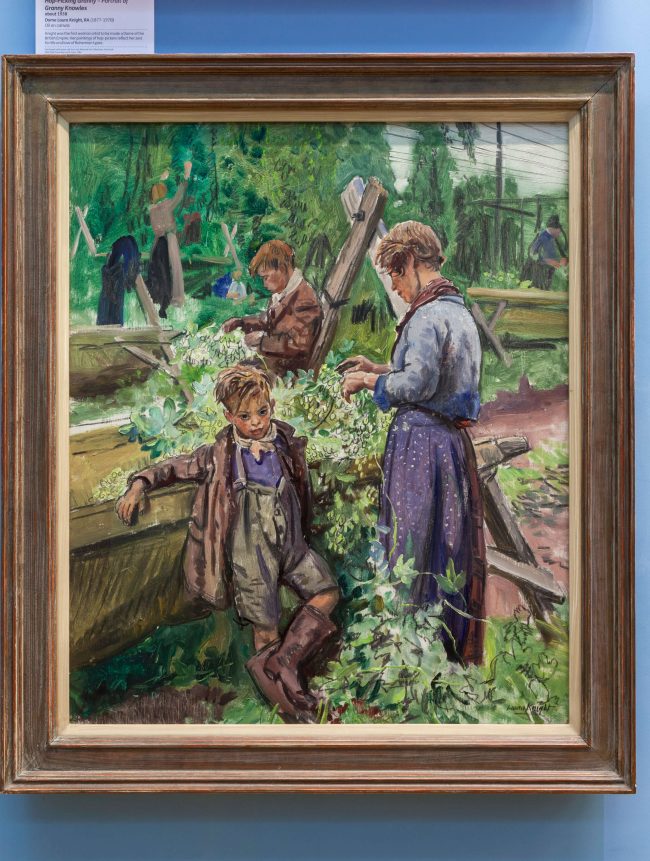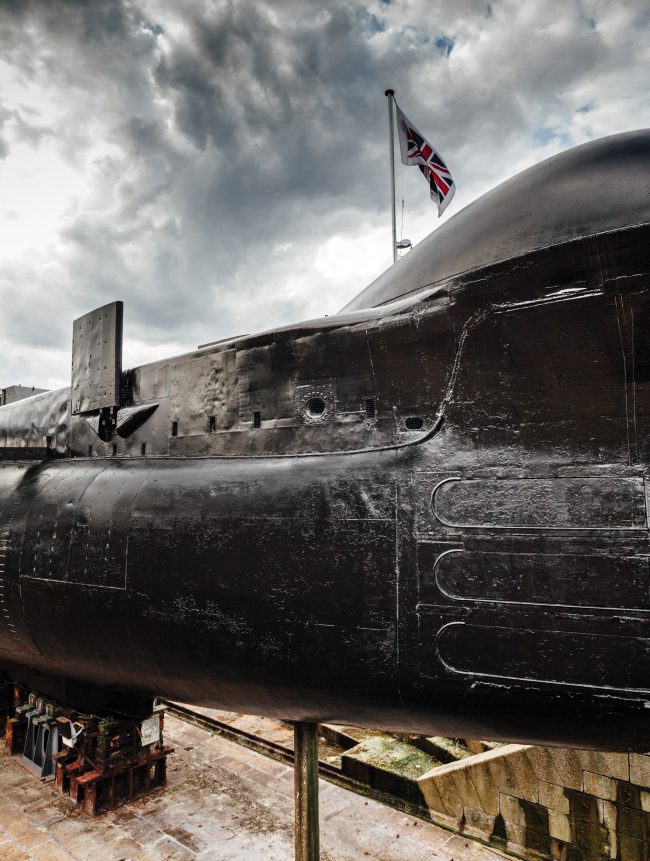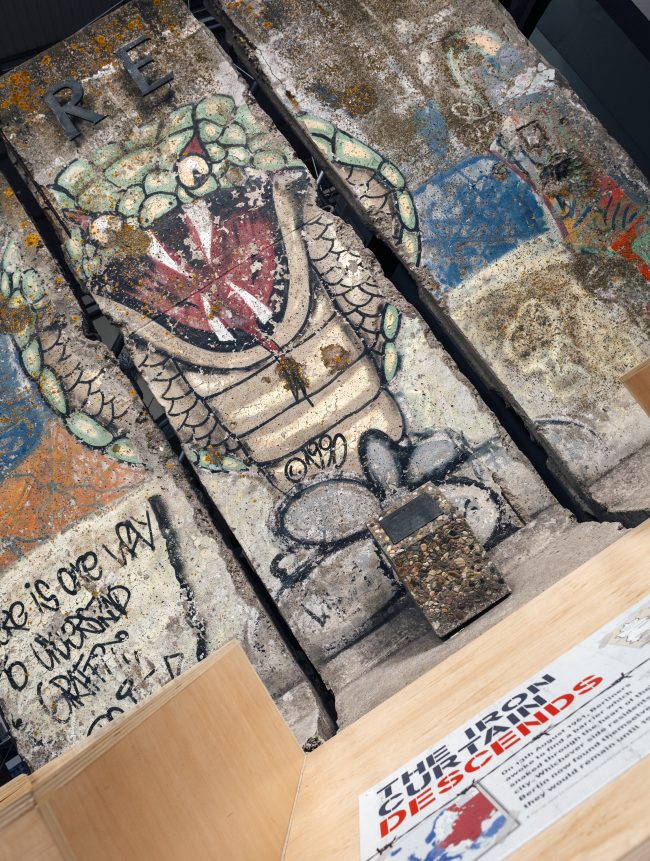About
During the course of the War there were a number of incidents of the Butterfly bombs being dropped on Kent resulting in injuries and fatalities some in the Medway area and in parts of the Weald. Kent’s position between the English Channel and the capital put it in the front line for all major invasions from Europe.
Learning
SD2 Butterfly Bomb or Sprengbombe Dickwandig 2 kg was a German anti-personnel bomb used by the Luftwaffe during the Second World War. It was so named because the thin cylindrical metal outer shell which hinged open when the bomblet deployed gave it the superficial appearance of a large butterfly.
They were dropped in a form of a cluster bomb scattering over a large area. This bomb type was one of the first cluster bombs ever used in combat and it proved to be a highly effective weapon. First used against Ipswich in 1940, but were also dropped on Hull, Grimsby and Cleethorpes in June 1943, they were subsequently used against Allied forces in the Middle East.
During the course of the war there were number incidents of the Butterfly bombs dropped on Kent resulting in injuries and fatalities some in the Medway area and in parts of the weald. They were generally lethal to anyone within a radius of 10 metres (33 ft) and could inflict serious shrapnel injuries as far away as 100 metres (330 ft). Butterfly bombs were usually painted either dark green or grey. A dull yellow colour scheme was sometimes used, either for use in the Middle East, or when dropped on grain crops at harvest time to kill farm-workers.
One of these Yellow paint bombs was found at Mile Ham Farm near Laddingford in Kent and was lodged in the roof of a barn in July 2013. During the war it was found and made safe but was left there as it was too difficult to remove.
The Story behind use of the Butterfly bomb was dramatized in the 1979 TV series Danger UXB starring Anthony Andrews depicting a RE Bomb Disposal Section during the Second World War in an episode called ‘’Butterfly Winter’’. When they are dropped on a small village and the section must hurry to defuse them before they cause harm to the villagers. The last recorded death from a German butterfly bomb in England occurred on November 27, 1956, over 11 years after the Second World War ended when Flight Lieutenant Herbert Denning of the RAF was examining an SD2 at the “Upminster bomb cemetery” near RAF Hornchurch, where experimental and research work took place, when it detonated.
Curriculum Links:
- KS1: Significant Events
- KS2: Local History, Second World War, Forces, Mechanical Systems
- KS3: Local History, Britain 1901- Present Day, Developments in Design and Technology, Materials and Components, Forces
- K4: Metals and Alloys, Energy Changes in Chemistry


